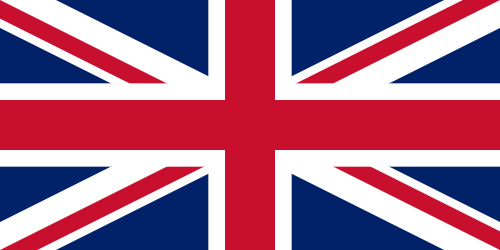 | |
| Use | National flag and ensign |
|---|---|
| Proportion | 2:3 |
| Adopted | 21 March 1990 |
| Design | A white-edged red diagonal band radiating from the lower hoist-side corner. The upper triangle is blue, charged with a gold sun with 12 triangular rays and the lower triangle is green. |
| Designed by | Theo Jankowski Don Stevenson Ortrud Clay |
 | |
| Use | Naval jack |
| Design | A white field with the national flag in the canton. |

The flag of Namibia consists of a red bend edged in two white bands with a blue upper triangle charged with an 12-ray yellow sun and green lower triangle.
Contents
- Design
- Colours
- Construction sheet
- Symbolism
- Description
- Other flags
- Historical flags
- Flags of bantustans in South West Africa
- See also
- References
- External links
The flag was adopted on 21 March 1990 upon independence from South Africa. During apartheid rule, it used the South African orange-white-blue tricolor.






















